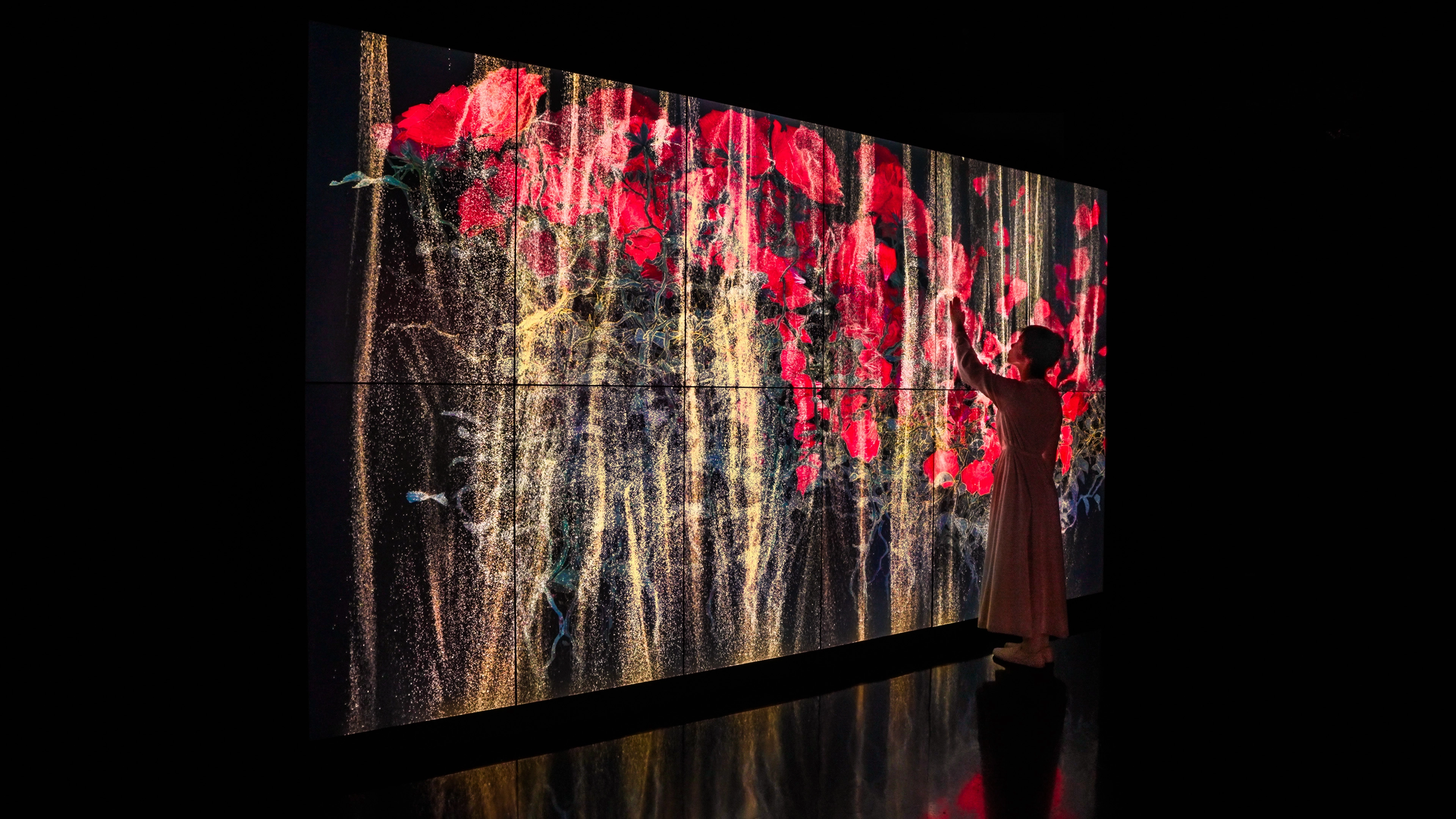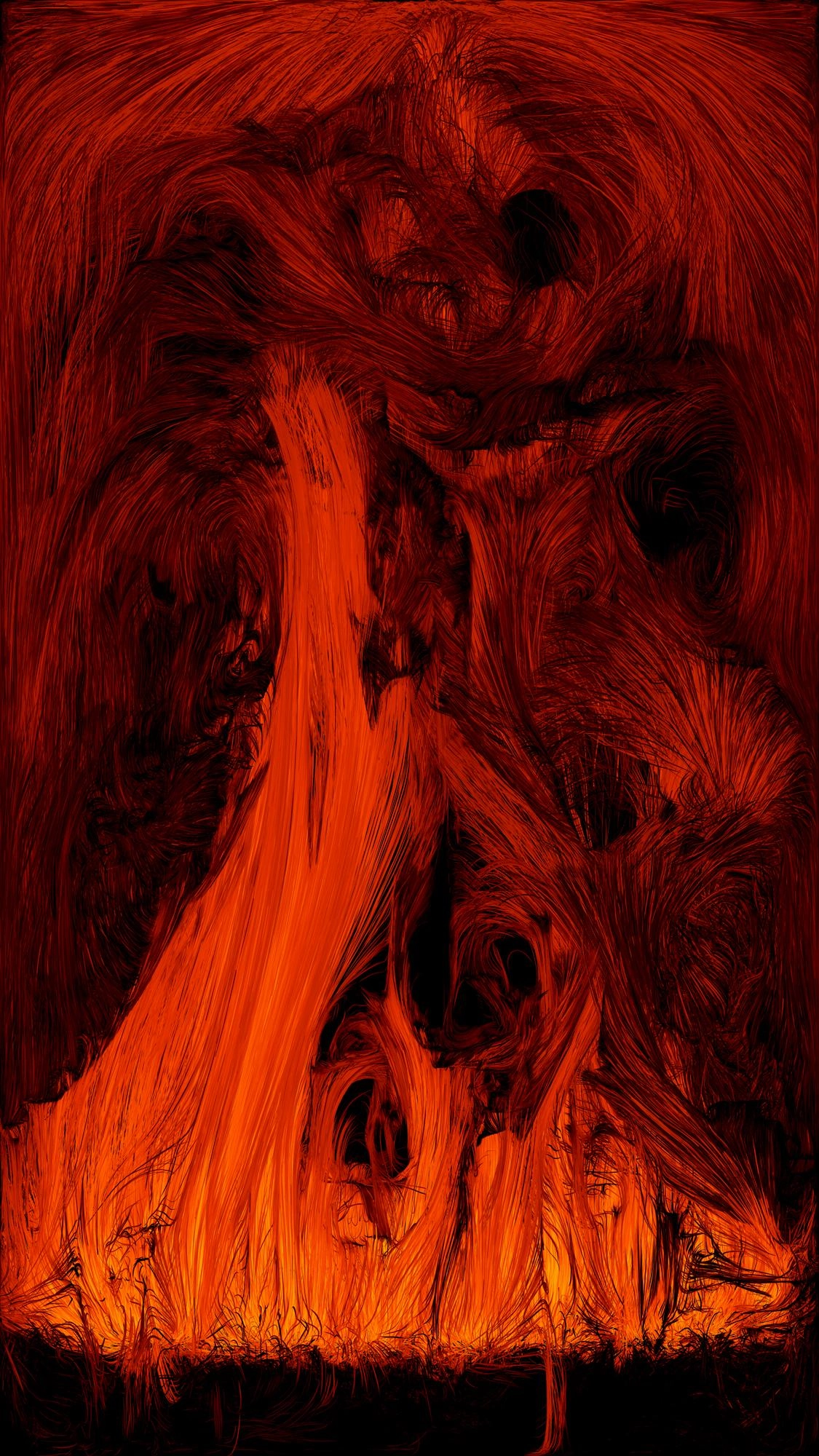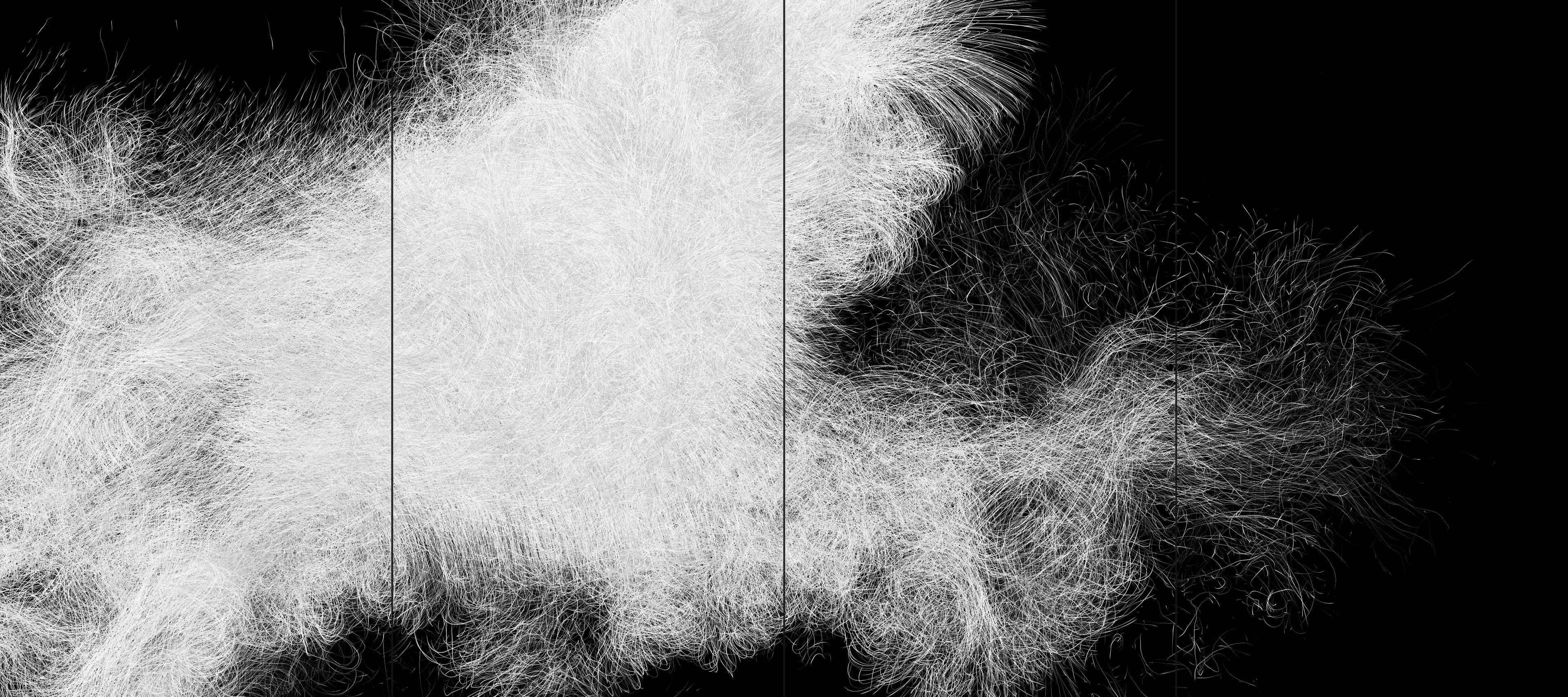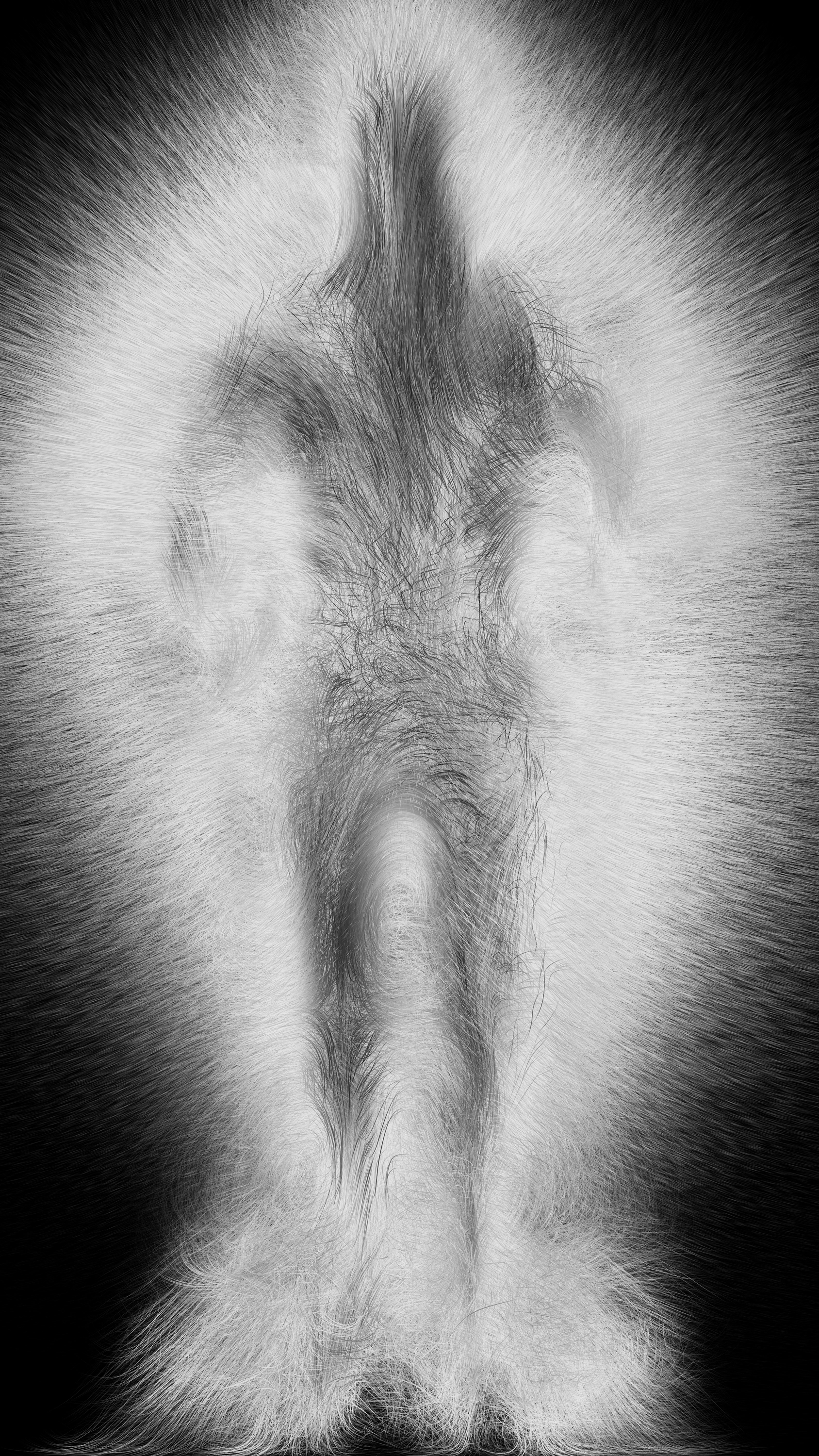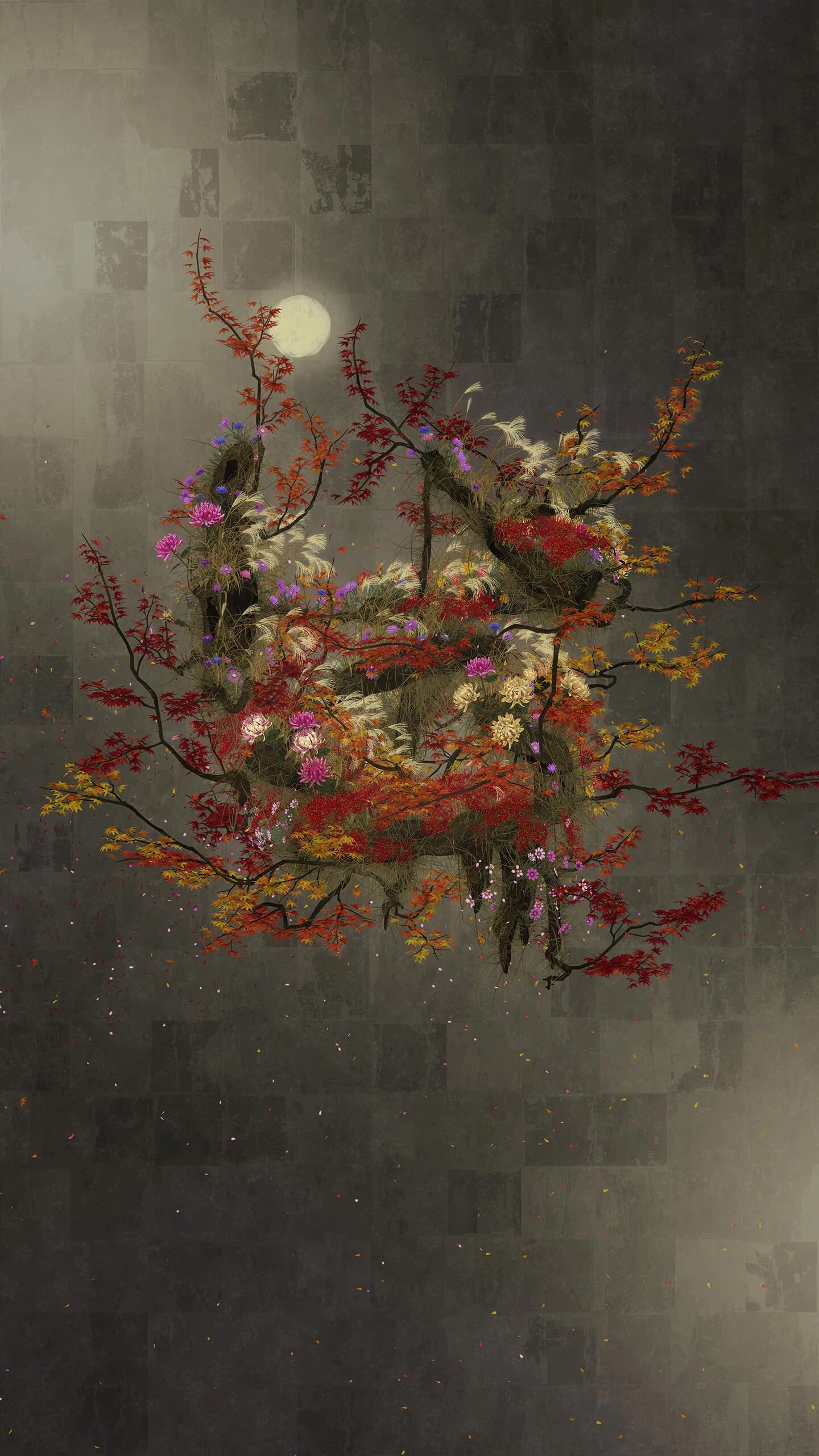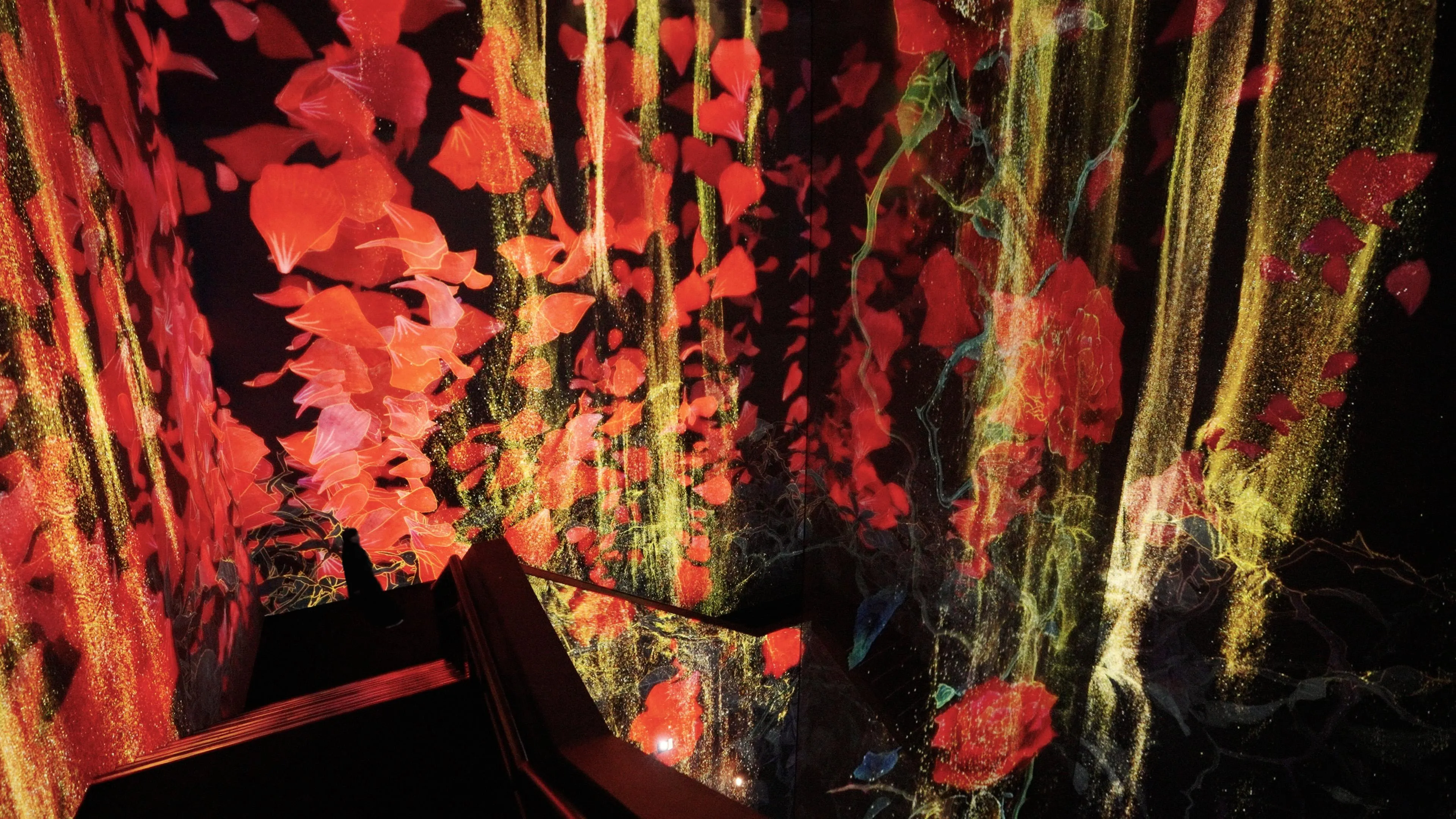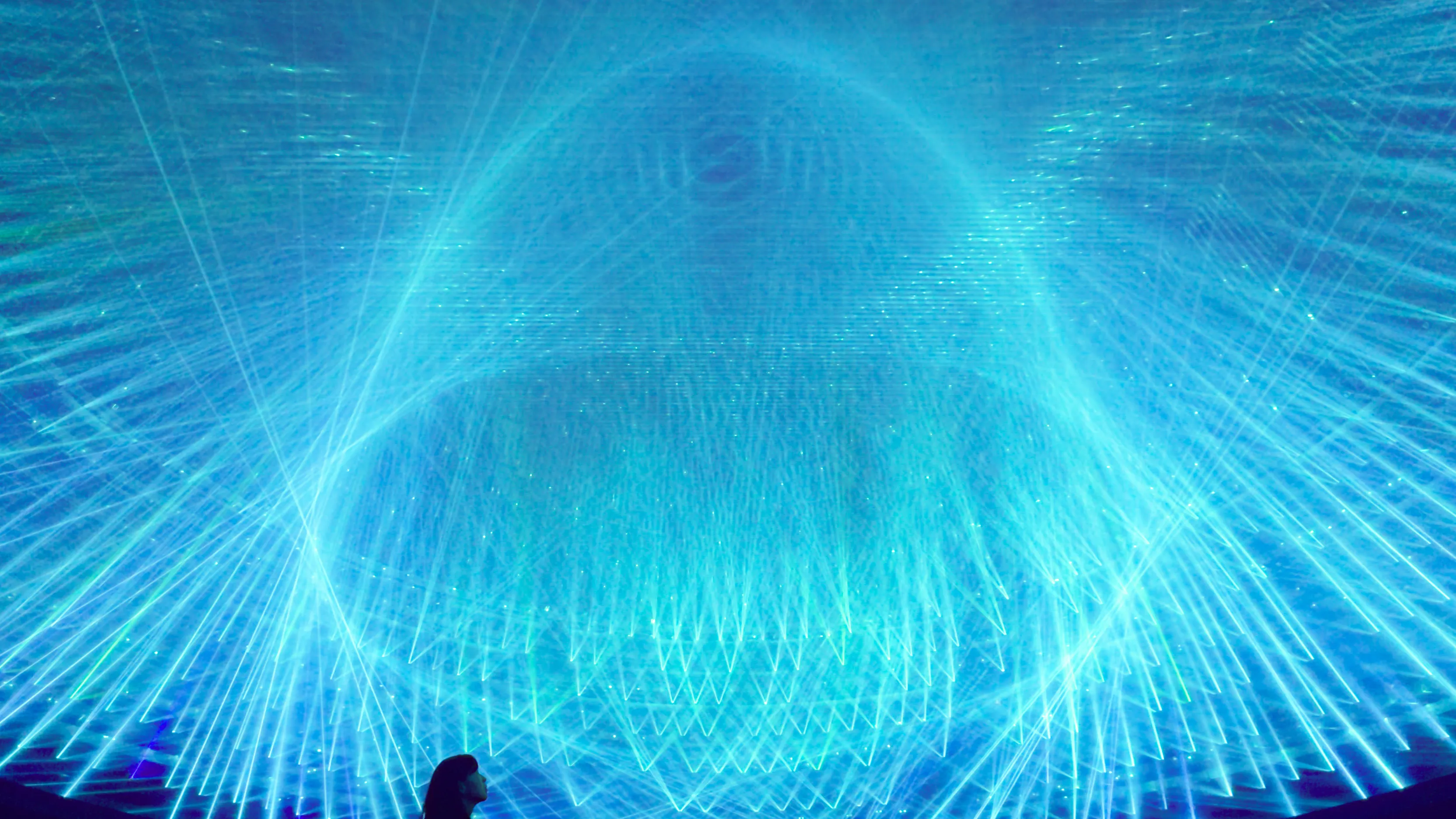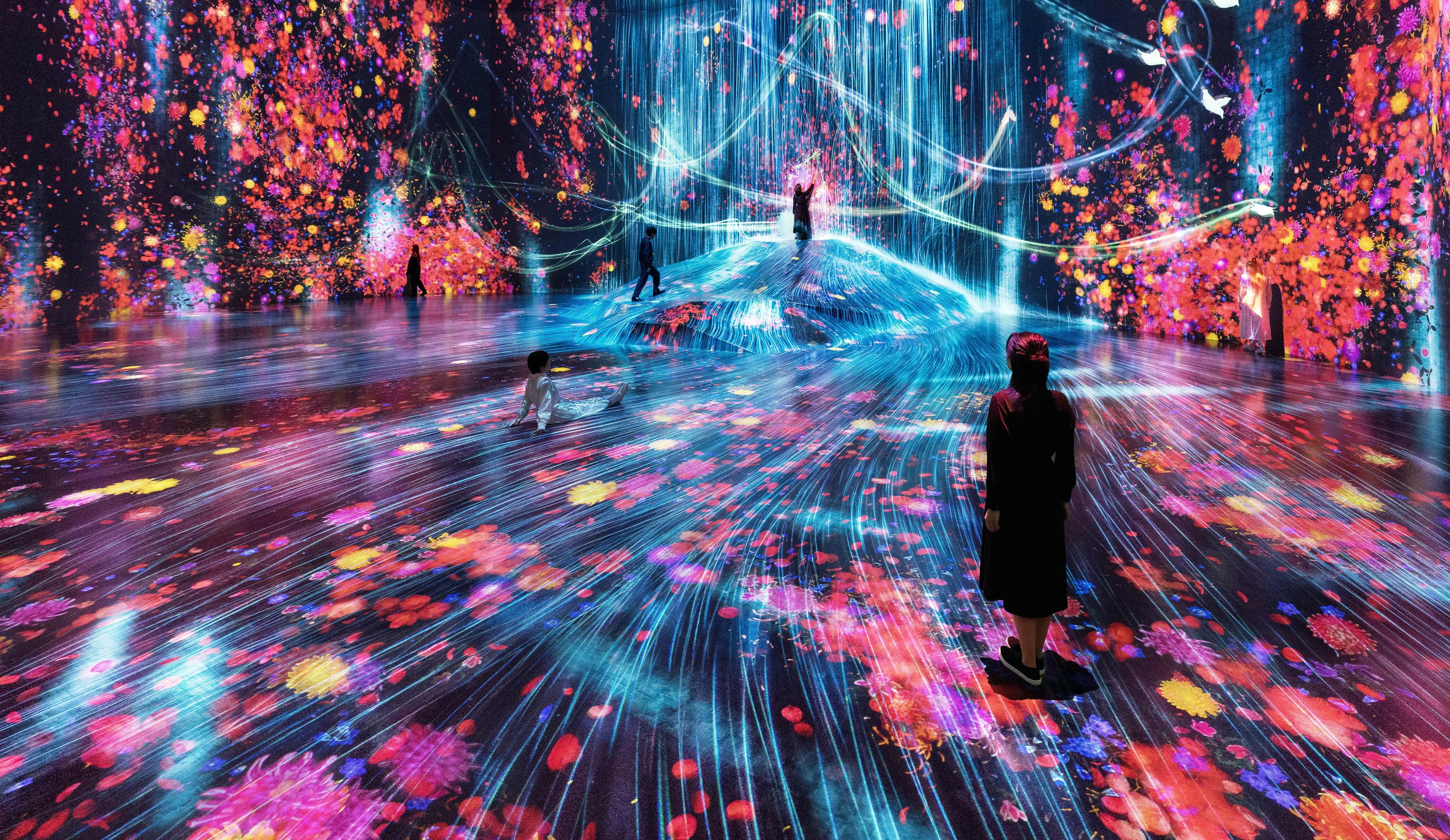Spatial Dialogues | teamLab
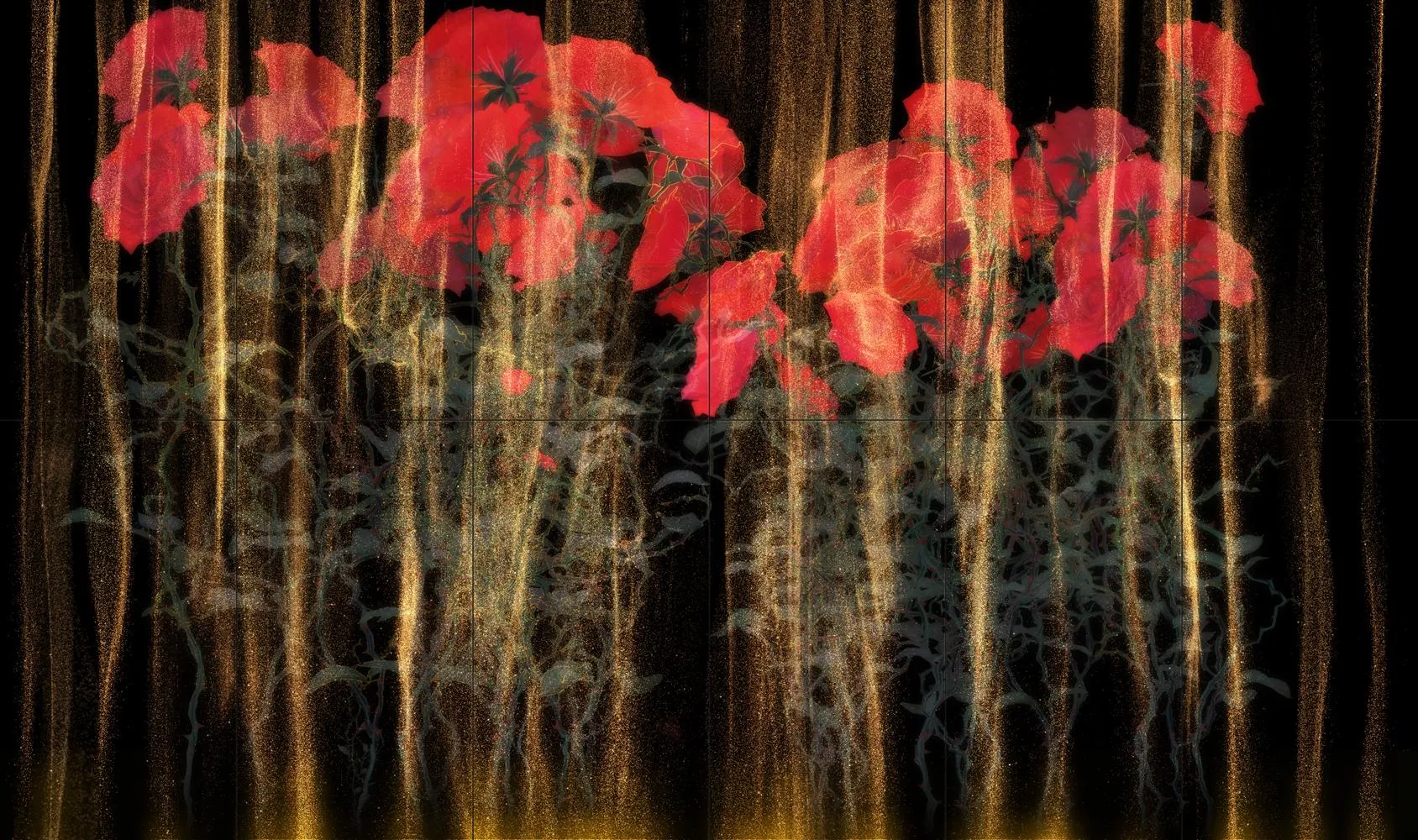
Spatial Dialogues
المعارض السابقة
8.30(Fri) - 2024.6.06(Thu)Beit Zenel, Jeddah

Spatial Dialogues
المعارض السابقة
8.30(Fri) - 2024.6.06(Thu)Beit Zenel, Jeddah
الأعمال الفنية
حول تيم لاب
"تيم لاب" هو عبارة عن مجموعة فنيّة عالمية (تأسست عام 2001)، يتم التعاون فيها بهدف التعمّق في نقاط الالتقاء بين الفن والعلوم والتكنولوجيا والعالم الطبيعي. فعبر الأعمال الفنيّة، تهدف مجموعة من الخبراء ذوي الاختصاصات المختلفة، بمن فيهم فنانين ومبرمجين ومهندسين، وأخصائي رسوم متحركة، وعلماء رياضيات ومهندسين معماريين، إلى استكشاف العلاقة بين الذات والعالم وأشكال جديدة من الإدراك.
وفي محاولة إلى فهم العالم حولهم، يسعى الناس إلى فصله إلى وحدات مستقلة يتصوّرون حدودًا في ما بينها. ولكن "تيم لاب" يسعى إلى تجاوز هذه الحدود التي تحدّ رؤيتنا ونظرتنا إلى العالم وإلى العلاقة بين الذات والعالم واستمرارية الزمن. فكل شيء قائم في استمرارية بلا حدود، في استمرارية مستدامة وهشّة وخارقة في آن واحد.
تتواجد أعمال "تيم لاب" من ضمن المجموعة الدائمة لمعرض فكتوريا الوطني في ملبورن، ومعرض الفنون نيو ساوث ويلز في سيدني، ومعرض فنون جنوب أستراليا في أديلايد، ومعرض أستراليا الوطني في كانبيرا، ومتحف الفنون آموس ريكس في هلسنكي، ومتحف الفن المعاصر في لوس أنجلوس، ومتحف الفن الآسيوي في سان فرانسيسكو، ومتحف مجموعة بوروسان للفن المعاصر في إسطنبول، وجمعية متحف آسيا في نيويورك، وغيرها.
تيم لاب
وثائق السيرة الذاتية
يتم تمثيل أعمال "تيم لاب" من قبل معرض بايس، ومعرض مارتن براون للفنون المعاصرة، ومعرض إيكان للفنون.
تفاصيل المكان
Spatial Dialogues
الفترة
8.30(Fri) - 2024.6.06(Thu)
الوقت
Mon-Sat 17:00 - 23:00
العطل
Sunday
موقع ويب
وسائل المواصلات
العنوان
Athr Gallery
Al Bayaa Sq, Al-Balad, Jeddah
Al Bayaa Sq, Al-Balad, Jeddah
العنوان باللغة المحلية:
7402 زقاق المتحف، 3012، حي البلد،, Jeddah 22236
للاستفسار
Athr Gallery
